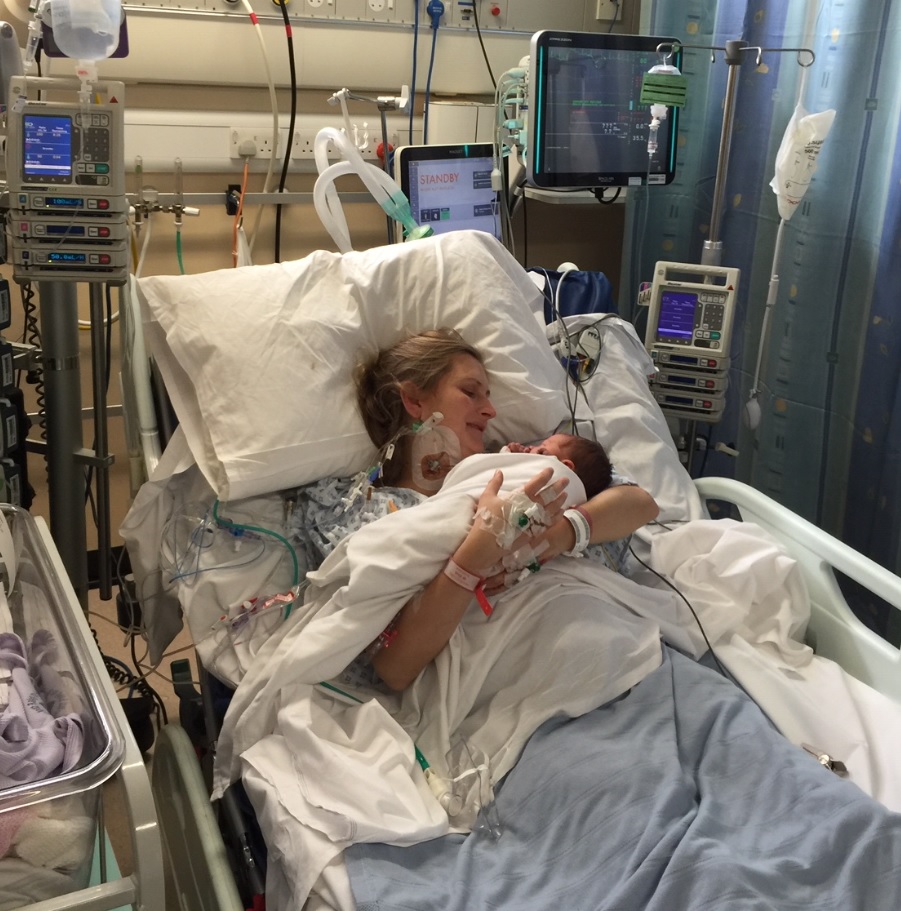How plasma helps
Plasma is the largest single component of blood, and makes up about 55% of total blood volume. It is a clear, straw-coloured liquid, which carries platelets, red and white blood cells.
It contains over 700 proteins and other substances. Once separated from blood cells, plasma can be made into medicines or used in transfusions.
Plasma for medicines
Plasma is used to make medicines called immunoglobulins. These medicines are used to treat over 50 diseases, and over 17,000 people in England rely on them.
We collect plasma to use in medicines from plasma donors and whole blood donors.
Plasma donors
These donors have their plasma separated from the rest of their blood while they donate using a process called apheresis.
People from all blood groups can donate and we are looking for new donors.
Find out about becoming a plasma donor
Whole blood donors
Plasma is separated and collected from blood donors after donating whole blood the usual way.
This way of collecting plasma started in August 2021. In time, around 1 million blood donations a year will have this extra, lifesaving use.
Find out more about plasma from blood donations
Plasma for transfusions
There are two ways we collect plasma for transfusions:
- by separating it out from blood donations
- from our male A and AB type platelet donors, while they’re donating platelets
This plasma is frozen to preserve its quality and function. This component is known as fresh frozen plasma, or FFP.
Fresh frozen plasma from female donors is not currently used because it is more likely to contain antibodies that could cause a serious reaction when given to a patient.
Some people do not develop antibodies while others do. It is not clearly understood why this happens, but antibodies are more likely to develop after pregnancy.
For this reason, it is safest for patients if we only produce fresh frozen plasma products from male donors.
How fresh frozen plasma saves lives
Fresh frozen plasma can be issued to hospitals or further processed into a more concentrated component that is rich in certain clotting factors called cryoprecipitate.
Plasma transfusions can help the blood to clot and also replace dangerous substances in the patient’s own plasma.
Fresh frozen plasma and cryoprecipitate can be used to help many types of patients – for example people with massive blood loss, liver failure, or rare diseases.
Keri Anglin (pictured) received 22 units of blood, 16 units of fresh frozen plasma, two units of cryoprecipitate and two units of platelets, after a massive bleed while giving birth.
